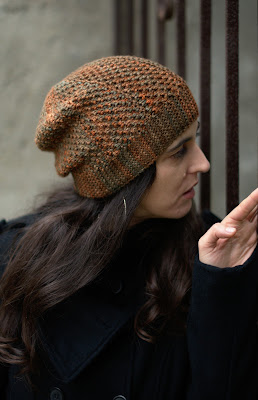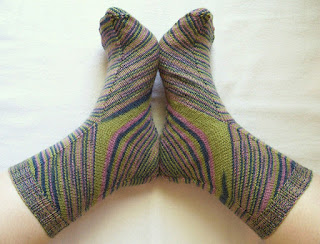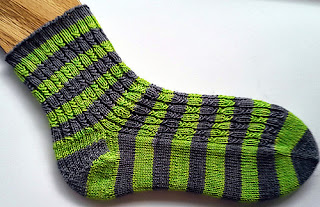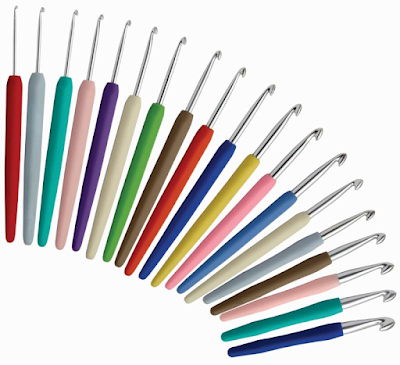
Congratulations to caffeine72, our winner for this month's blog giveaway. We will get in touch with you shortly to arrange delivery of your prize!
For our final blog post of 2016, we are pleased to share this interview with Woolly Wormhead, whom we've been a fan of for quite some time. We have donated a few prizes to her Muratura KAL that is happening now through December 31 (click here for more info), and last week she shared a technique tutorial with us - click here if you missed it!
When did you learn to knit/crochet? - or - How did you get started designing?
My mum taught me to knit when I was 3, and I started making clothes for my dolls. You could say I started designing when I was about 7 or 8 or maybe even younger, as I clearly remember making up patterns by myself for my toys, and finding inventive ways to achieve things. I made my first jumper for myself when I was 9, and from there continued making garments for myself every year.
What is your design process typically like?
Varied, but always organic! I'm not very good at having everything planned out on paper beforehand, with several trusty swatches. I can do it, but I always need to refine on the needles. And often that means ripping out and adjusting. I will chart out stitch patterns and know how the design will be graded before I cast on, but it's never a done deal; the design is never finished until everything is polished, and that's usually done on the needles. It's not uncommon for me to reknit a Hat 3 times to get the fine details just right.
What is your absolute favorite Knitter's Pride product, the one you would HAVE to have if you were stranded on a desert island?
My Karbonz short tip interchangeables - they're my go-to needles, each and every time. I'm also developing quite a thing for the Zing short tip interchangeables, too!
What tips do you have for knitters who plan on gifting their KAL hat to that knit-worthy person on their list?
Sizing is really important - one size does not fit all! That said, you can pretty much guarantee that if the Hat you knit doesn't quite fit or suit the person you originally had in mind, it will fit and suit someone ;)
I have a super handy guide on my website to measuring for Hats, and gives you an idea of average head sizes. They are just that though, average. Some Hats and stitch patterns are much more forgiving about size (lacey slouchy Hats for instance) but others are not - cables and other heavily structured patterns need more precision. It's always worth remembering that a knitted fabric will stretch widthways, but what it gains there it loses in length.
There's also a useful guide on my website for choosing the right Hat style to suit difference face shapes and hairstyles - some people might be surprised to hear that there is a Hat to suit everyone!
What is your favorite cast-on method for hats? Other projects?
That would depend on the brim with vertical Hats... the alternate cable cast-on where a rib is needed, a cable cast-on if the edge pattern really doesn't matter or needs something giving but strong, and a crochet provisional cast-on as a main cast on as a decorative finish, especially on garter stitch. I've recently been introduced to the Chinese waitress cast-on and am keen to experiment with it more, and see how it works in the round (i.e. can I join it invisibly?)
Other projects? What are 'other projects'?! ;-)
Woolly Wormhead is a Hat Architect. With an instinctive flair for unusual construction and a passion for innovation, Woolly Wormhead is a designer whose patterns are trusted and celebrated by knitters all over the world. As a designer, Woolly is driven by a need to create and develop her understanding of 3D form. Communicating her ideas and sharing her specialised knowledge with her audiences is key to Woolly’s success as a designer. Woolly's high quality pattern writing ensures perfect results, teaches new skills and encourages us all to become Hat architects. Visit www.woollywormhead.com for further details.


































